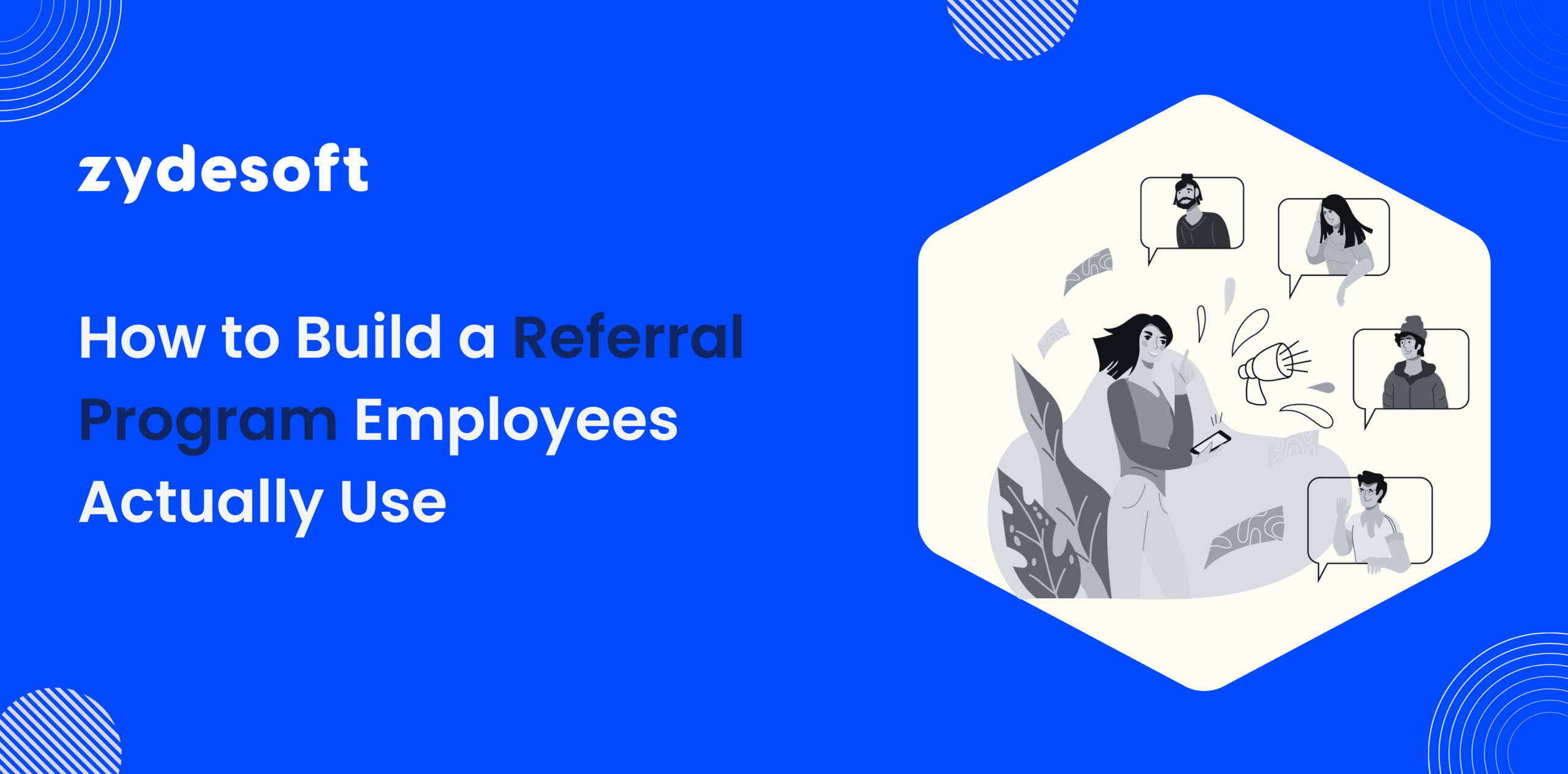
If you’re wondering how to build an employee referral program that truly delivers, you’re not alone. Startups and growing tech teams often struggle to find top talent quickly and affordably. That’s where a well-structured referral program comes in.
Done right, it helps you tap into trusted networks, cut hiring costs, and speed up recruitment. The best part? You already have what you need for your team.
In this guide, we’ll cover employee referral program best practices and show you how to launch a program that’s simple to manage, motivates your people, and drives high-quality hires.
A great employee referral program does more than just bring in resumes. It helps you:
Plus, referred hires often stay longer, which saves you even more in the long run.
Before launching a referral program, clarify what you want to achieve. Are you trying to fill specific tech roles? Improve diversity? Build a bench of passive candidates?
Knowing your priorities will help you shape the program from who can refer to how much to reward.
Most companies open up referrals to all employees. But depending on your team size, you can also include:
Make this clear in any internal announcements or FAQ pages.
Your program should be easy to understand. Spell out:
Avoid overcomplicating things. Simpler = better participation.
You don’t need massive bonuses to run a great program. You do need rewards people actually care about.
| Reward Type | What It Could Look Like |
|---|---|
| Cash Bonus | $500–$2,000 depending on the role |
| Gift Cards | Amazon, local restaurants, or wellness apps |
| Extra PTO | A bonus day off after a successful referral |
| Milestone Payout | Half at hire, half after 90 days |
This is key. If referring someone takes more than a couple of clicks, people won’t do it. Here’s how to streamline it:
The fewer steps, the better.
Promote the program like you would a product launch. Share:
Use whatever channels your team already checks: Slack, email, team meetings.
To keep your program strong, you’ll need to measure how it’s performing. Focus on:
Use those insights to tweak rewards, adjust communication, or improve the submission flow.
People are more likely to refer if they trust the process. Share what happens after someone refers a candidate and keep them updated on progress.
Don’t assume people remember which jobs are open. Send reminders regularly with quick summaries of who you’re looking for.
Even if a referral doesn’t turn into a hire, give a shoutout or a thank-you. Small gestures help keep momentum going.
Referrals are great—but they should support, not replace, your broader hiring strategy. Be mindful of over-reliance, especially if your team’s network lacks diversity.
Google discovered that simply offering bigger bonuses wasn’t the key to more or better referrals. In fact, after doubling their referral bonus from $2,000 to $4,000, there was no significant increase in referral volume or quality.
Instead, what worked was a more strategic, targeted approach:

These nudges increased employee participation and led to a 33% increase in successful referrals, without relying on higher payouts.
Source: LinkedIn Talent Blog – How Google Increased Referrals
Here are a few common missteps that can tank even the best-intended referral programs:
The fix? Be clear, communicate often, and treat your program like a living process—not a one-time task.
Learning how to build an employee referral program is one of the most practical moves you can make for hiring smarter and faster. If you keep things simple, transparent, and motivating, you’ll turn your team into an extension of your recruiting efforts.
Start with just one or two roles. Track how it goes. Adjust as needed.
Over time, a strong referral program will not only save you time and money but also help you build a stronger, more connected team.